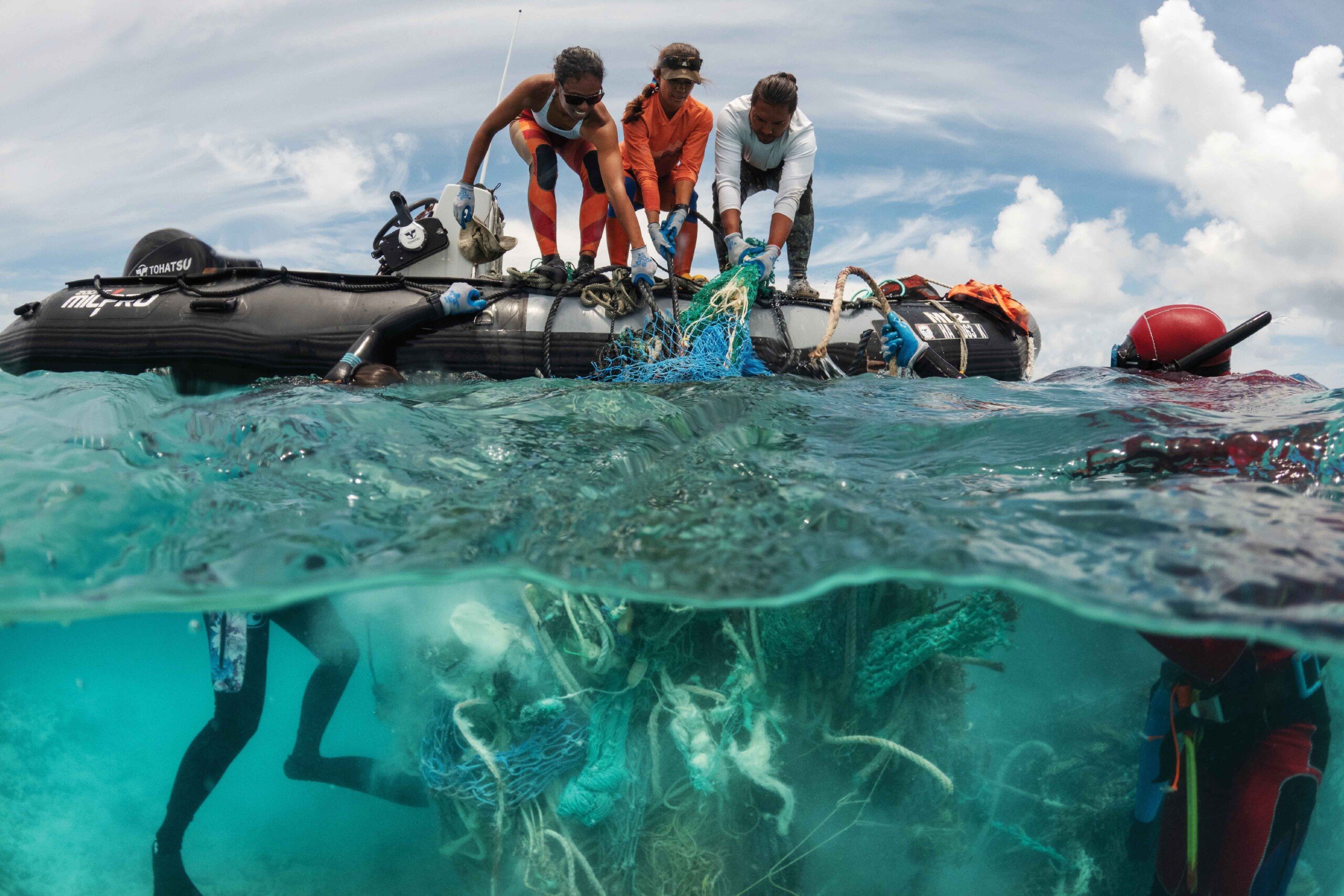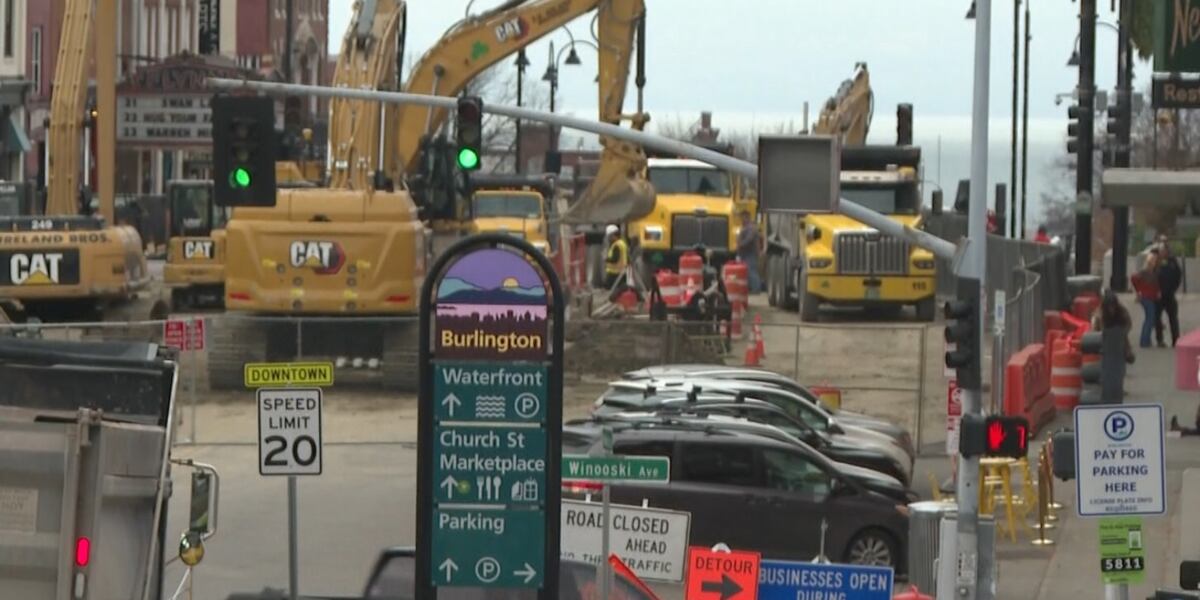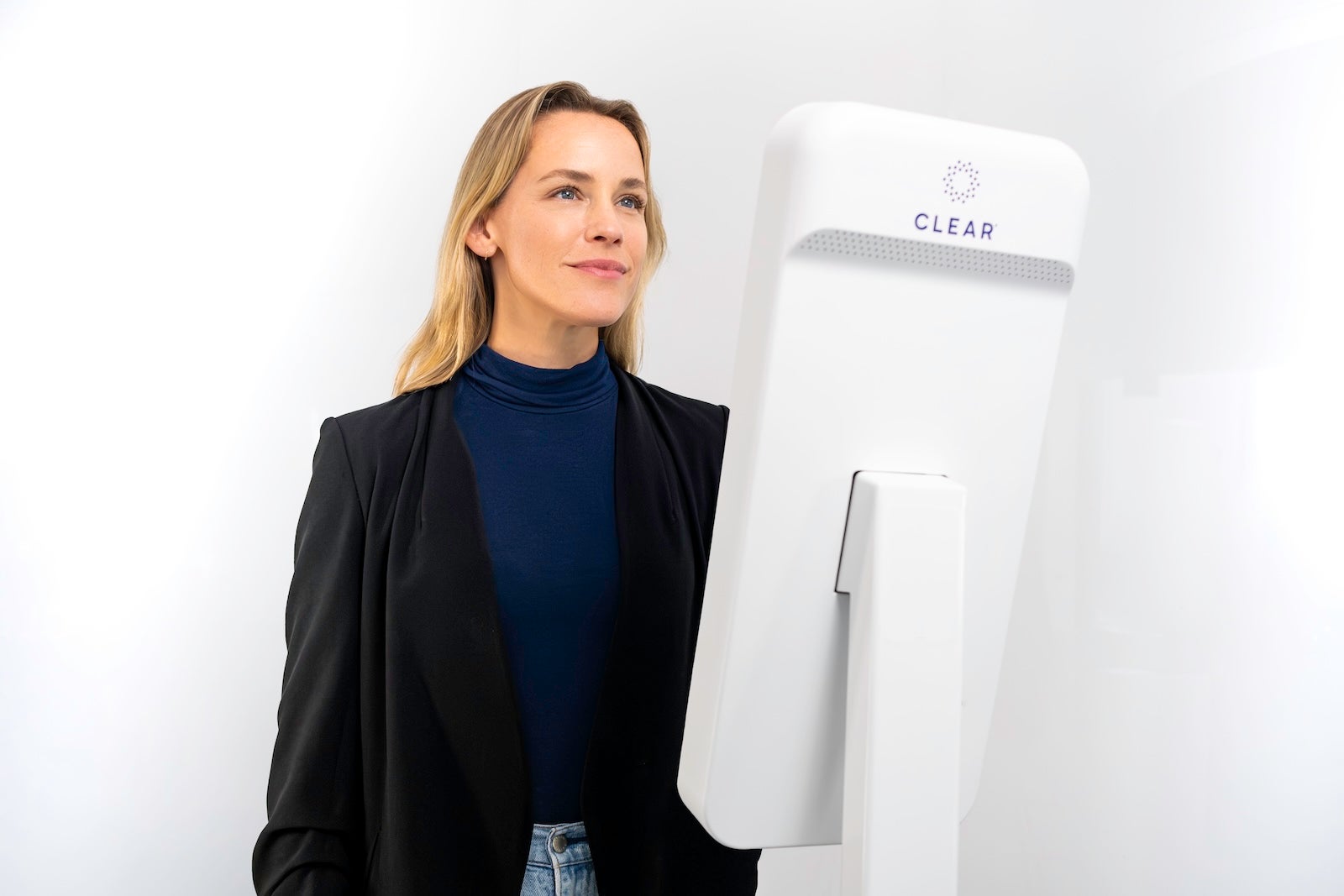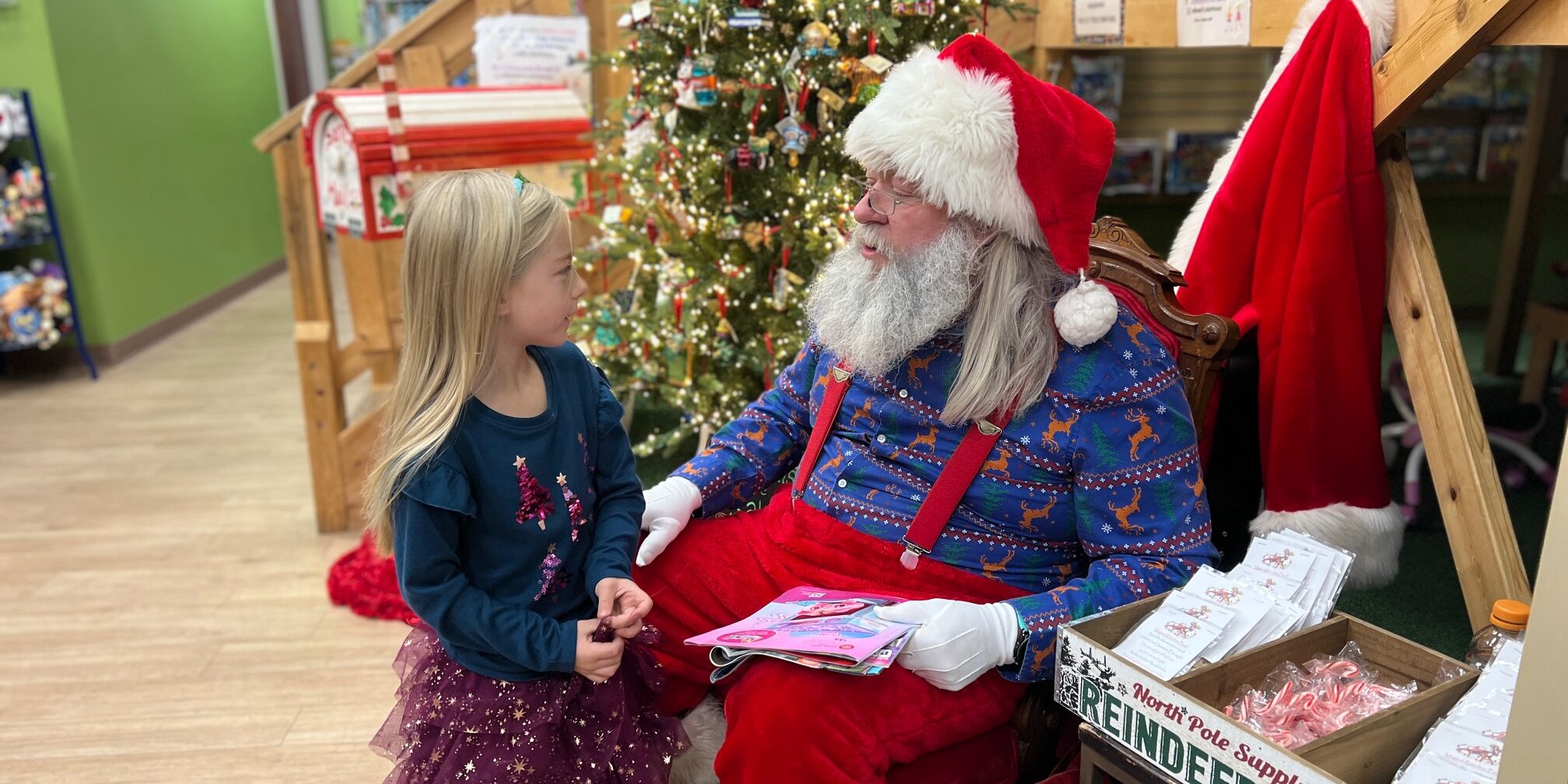Bussiness
Removing Ghost Nets from the Northwestern Hawaiian Islands – Hawaii Business Magazine

The Hawaiian archipelago extends far beyond its eight main islands to include 137 islands, atolls and shoals stretching 1,591 miles, from Kure Atoll in the northwest to Hawai’i Island in the southeast.
The Papahānaumokuākea Marine National Monument is a vast and remote area that encompasses the low-lying Northwestern Hawaiian Islands, atolls and surrounding sea.
“Most people don’t really know it’s even a part of Hawai‘i, let alone 75% of the length of the Hawaiian archipelago,” says Kevin O’Brien, founder and president of the nonprofit Papahānaumokuākea Marine Debris Project.
PMDP and its field team of 12 people are dedicated to the stewardship of Papahānaumokuākea, including removing marine debris and spreading awareness of the region’s importance.
Papahānaumokuākea became a marine national monument in 2006 and was designated a UNESCO World Heritage Site in 2010 for both its natural and cultural significance, making it the only “mixed” World Heritage Site in the U.S.
“It’s very integral to so many Native Hawaiian narratives, like the realms of ao and pō and the birth of the Hawaiian people in the Hawaiian Islands,” O’Brien says, calling the region “as close to an intact ecosystem, I think, as you can probably find on Earth.”
More than 7,000 species live in the area, a quarter of which are found nowhere else in the world except there and adjacent areas. Of those species, 23 are listed by the U.S. as endangered, including the Hawaiian monk seal, humpback whale, green sea turtle and Laysan duck.

Over 90% of Hawaiian green sea turtles nest at French Frigate Shoals in Papahānaumokuākea. Papahānaumokuākea Marine debris project disentangled nine sea turtles last year, but President Kevin O’Brien says far more die before they can be rescued. | Photos courtesy: Andrew Sullivan-Haskins
Marine Debris Mayhem
Though humans rarely set foot there, their impact can be found all over, with “enormous amounts of derelict fishing gear, specifically nets, all along the reefs within the monument and shorelines,” says Mark Manuel, who serves as the Pacific Islands regional coordinator for NOAA’s Marine Debris Program.
James Morioka, PMDP’s executive director, says commercial fishing is prohibited within the monument but that “doesn’t mean that people aren’t fishing right outside the boundaries.”
“These ghost nets, whether they’re abandoned from a commercial vessel or just kind of left adrift, they’ll continue to drift through the water column, and then they’ll land in Papa hānaumokuākea. … Animals will try to swim through and then they’ll get caught.”
Derelict nets also kill coral by snagging or smothering it. Morioka says over time, these nets accumulate algae and other organisms. As a net gets heavier, it sinks and cements itself to the reef, which “prevents the coral from getting sunlight, or the nutrients they need from the water.”
NOAA led large-scale debris removal from 1996 to 2021, Manuel says, during which it removed “about 2 million pounds of derelict fishing gear.” O’Brien and Morioka, who were both working for NOAA at that time, realized the removal work was probably going to end because “funding had dropped away to almost nothing,” says O’Brien. So they left NOAA and started PMDP in 2020.
“Now, pretty much all removal efforts in the monument are led by PMDP,” says Manuel.

The biggest net found by the Papahānaumokuākea Marine debris project weighed 11 tons. Their team must cut the heavy nets into pieces before loading them onto their boats. | Photos courtesy: Andrew Sullivan-Haskins
The nonprofit has acquired its own boats, gear and facility. “We run it independently of our old group at NOAA, but it’s funded partially by them,” says O’Brien. The most recent support was in the form of a $1.4 million NOAA Sea Grant award for innovation; other money comes from donations, which can be made at pmdphawaii.org.
A major PMDP project the Sea Grant is being used towards is developing a tool made specifically for cutting through ghost nets, says O’Brien. Existing tools can take an hour or two to cut through the nets; the goal is a tool that will do it in a few minutes. It’s a project that’s so crucial, some members of the team work on it nearly full time.
“It’s going to be pretty amazing globally for helping with the issue,” O’Brien says.
PMDP is also working to develop sensors that, when mounted on drones, can detect nets in water faster than the current method, which involves people swimming miles a day to survey the reefs.
The Plastic Problem
About 90% of the marine debris they collect is nets, which are primarily made of plastic. But they also find and remove all other kinds of plastic. “Any kind of consumer product, plastic products, like plastic water bottles, shampoo bottles, anything you name, if it’s made of plastic and it floats, we pretty much probably found it,” says O’Brien.
Plastic is particularly alarming because it never fully decomposes. “They say that plastic doesn’t break down, it just breaks up into smaller and smaller pieces,” says Morioka.
Plastic pollution poses a huge hazard to wildlife. As an example, Morioka points to seabirds that eat microplastics in the open ocean and then fly back to the islands where they feed their chicks.

14 million seabirds breed and nest on the low-lying islands in the monument. Out of the 22 seabird species, 4 are endemic. | Photos courtesy: Andrew Sullivan-Haskins
“They’ll regurgitate the food plus the plastics into the chicks’ mouths. The chicks will then starve because they won’t be able to process the plastic in their stomach.”
The most recent PMDP mission spanned 19 days from mid-April to early May along the shores of Kuaihelani, aka Midway. The team gathered 70,080 pounds of marine debris from the area, which was taken to the H-Power plant on O‘ahu where it was incinerated to help generate power.
Over four years and eight missions, PMDP has collected 786,287 pounds of marine debris from the Papahānaumokuākea Marine National Monument.
“One of our goals is to really highlight this place, because it’s incredibly special and more people need to know that it exists. Hopefully, we can build a grassroots stewardship community around caring for this place,” says O’Brien.










